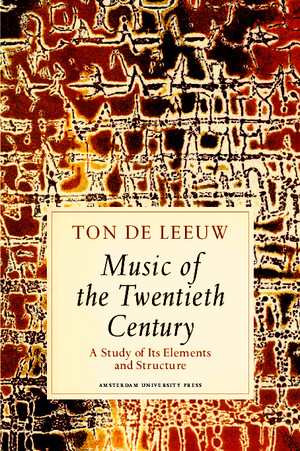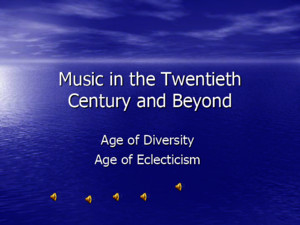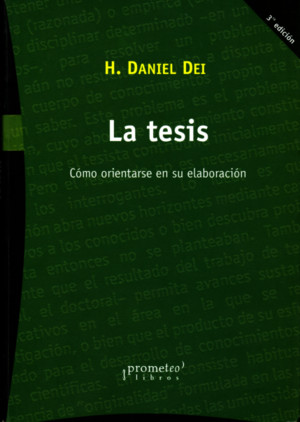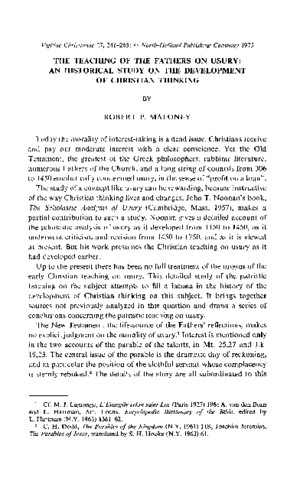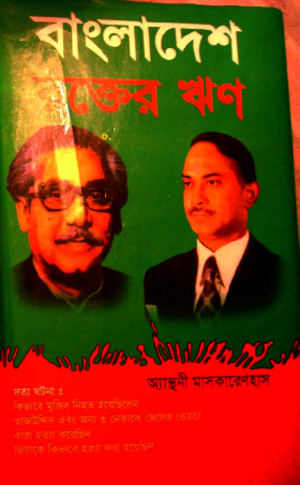Ton-de-Leeuw-Music-of-the-Twentieth-Century
There is document - Ton-de-Leeuw-Music-of-the-Twentieth-Century available here for reading and downloading. Use the download button below or simple online reader.
The file extension - PDF and ranks to the Documents category.
Tags
Related
Comments
Log in to leave a message!
Description
Download Ton-de-Leeuw-Music-of-the-Twentieth-Century
Transcripts
Preface It is remarkable how poorly informed those active in musical life generally areabout even the most elementary technical matters concerning contemporary music Such a lack of knowledge would probably not be tolerated in any otherprofession Since even specialised literature hardly offers solace, the presentbook aims to underline certain technical aspects of contemporary musicallanguage It has been written from the point of view of the composer ratherthan that of the theoretician, an approach which has its advantages and dis-advantages, as one can easily imagine This book is intended for various categories of readers First and foremostit is addressed to the music student of today, for whom some knowledge of contemporary music may now be considered normal Subsequently, it is writ-ten for all musicians engaged in one way or another in new music: perform-ers, teachers and others who in practice often face certain problems that canbe solved through a deeper investigation of the structure of the musical lan-guage But the well-informed musical amateur too may consult many chap-ters to his advantage To make matters as concrete as possible, much use is made of easily acces-sible scores; thus compositions are discussed that may regularly be heard inthe concert hall or through recordings Electronic music has been left out of consideration Not only are scores scarce, but a technical approach to the sub- ject is hardly meaningful unless the reader is at home in the world of the elec-tronic studio The above-mentioned paucity of technical literature has obliged the writerto organise the content in his own way It proved necessary, even with regardto terminology, to devise names and definitions for certain concepts This,together with the hitherto unknown diversity of individual styles and tech-niques, will safeguard the reader from generalising about what is discussed, a path that would merely lead to new academicism The specific purpose of thisbook is to encourage everyone to become better acquainted with living music Preface to the Second Edition A period of more than seven years lies between the preparation of the first edi-tion and this second one, a considerable length of time in view of the rapidly changing contemporary music scene Beside a few corrections this new edi- 9 tion therefore contains a number of additions that cast light on the develop-ments of recent years After the many – fortunately favourable – reactions to the first edition,one critical remark persisted: the names of a number of important contem-porary composers are hardly mentioned or have been omitted altogether Thisis indeed the case, and the reason lies in the aim that I have pursued For whatI have written has no documentary pretension at all, but is based on the study of those aspects of twentieth-century music that are new in respect to classi-cal traditions I chose the period around as my starting point, with the works of composers then in their thirties, since it was then that these new phenomena first occurred with some frequency, and in a manner essentially integrated into musical thought Preface to the Third Edition New names and new trends continue to emerge, and each new impression of this book would perhaps justify the addition of a new chapter I have nevertheless decided not to tamper with the essence of the book, which is a survey of the most important technical aspects of twentieth-centu-ry music up to the s It would appear that the half century thus coveredcontains in its essence all those elements that characterise the music of todayNew developments hardly occur in terms of the technical aspects of music An exception is formed by electronic music, which in the past few yearsin particular has developed rapidly But this same period has seen the publi-cation of so much literature on the subject that it would not seem useful toincorporate it again in the present book Amendments in this third edition are therefore limited to a few additions,slight alterations and corrections which owe their srcin to comments madeby many alert music students and other readers 10 music of the twentieth century
Recommended

